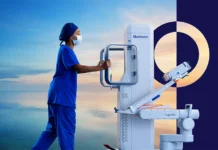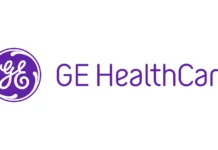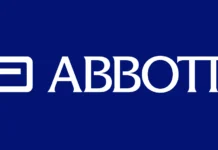According to the National Stroke Association, Stroke is the third leading cause of death in America and the number one cause of adult disability. According to Michael J. Alexander, M.D., director of the Neurovascular Center and director of endovascular neurosurgery at Cedars-Sinai Medical Center, a good outcome depends on several factors, but nothing is more important than responding quickly and receiving care at a center that is equipped to offer the latest interventions.
Alexander said, The Penumbra device appears to be effective in retrieving clot from blocked arteries in the brain in approximately 80 percent of patients within eight hours of the onset of their symptoms, giving patients a better chance at recovering from a stroke.
The device can be used alone or in conjunction with IV tissue plasminogen activator (tPA), the clot-busting medication that must be administered within three hours of symptom onset. Therefore, a patient who receives tPA at a small hospital and is transferred to Cedars-Sinai may still be a potential candidate for the clot-retrieving procedure.
Patients with acute stroke have a very poor prognosis, and this treatment is not successful for everyone, Alexander said. “But this therapy allows us to retrieve clots in a greater percentage of patients than before.
Following are three important “stroke tips” that could save your life or the life of someone you love:
1. Recognize the symptoms – The NSA describes stroke as a “brain attack” that occurs when a blood clot blocks an artery that carries blood to the brain or a blood vessel breaks, interrupting blood flow to an area of the brain. Brain cells begin to die and brain damage occurs. Symptoms include:
? Sudden numbness or weakness of face, arm or leg – especially on one side of the body
? Sudden confusion, trouble speaking or understanding
? Sudden trouble seeing in one or both eyes
? Sudden trouble walking, dizziness, loss of balance or coordination
2. Treat even so-called mini-strokes or TIAs (transient ischemic attacks) promptly. TIAs are similar to full-fledged strokes except they quickly resolve on their own and leave no permanent damage or disability. According to Alexander, “Many people ignore a TIA, thinking, ‘I got better so I must be OK,’ or ‘I’ll go see my doctor in a couple of weeks.’ But a high percentage of people who have a TIA go on to have a stroke, and studies are finding that if patients have a full evaluation and receive appropriate treatment, many strokes can be prevented.”
Cedars-Sinai’s Stroke Program is certified as a Primary Stroke Center by the Joint Commission, the nation's oldest and largest standards-setting and accrediting body in health care. This distinction recognizes a center’s commitment to following national standards and guidelines that can significantly improve outcomes for stroke patients.

















